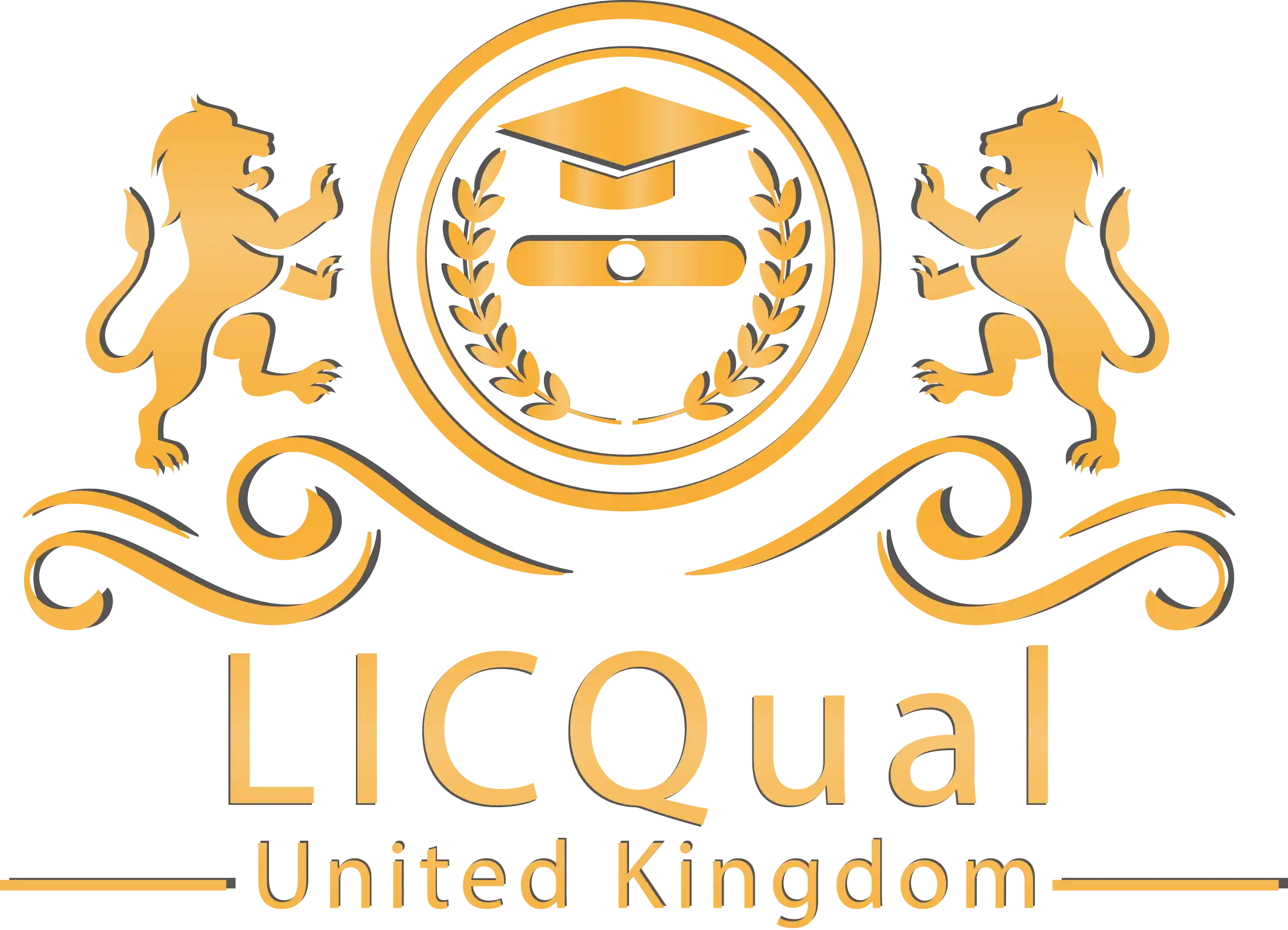The LICQual ISO 13485:2016 Medical Devices Quality Management Systems certification is an essential qualification for professionals working in the medical devices sector. This globally recognised standard focuses on the quality management systems required to ensure that medical devices meet both customer expectations and regulatory requirements. The ISO 13485:2016 certification helps organisations improve their processes, enhance customer satisfaction, and ensure that their products are consistently safe and effective.
For companies involved in the design, production, and distribution of medical devices, compliance with ISO 13485:2016 is a crucial part of ensuring quality management throughout the product lifecycle. This includes everything from the initial design and development stages to post-market surveillance and customer feedback. By adhering to the requirements outlined in ISO 13485:2016, companies can streamline their operations, reduce the likelihood of errors, and improve product reliability, ultimately ensuring compliance with international regulations and enhancing patient safety.
One of the key benefits of achieving ISO 13485:2016 certification is the ability to demonstrate a commitment to quality. This standard focuses on the implementation of effective quality management practices that can significantly reduce the risk of non-compliance, improve product development efficiency, and promote continuous improvement. Organisations that are ISO 13485:2016 certified are better positioned to meet the rigorous demands of both regulators and customers.
The course covers essential topics such as regulatory requirements for medical devices, risk management principles, and how to establish effective processes to monitor and control product quality. Participants will also gain valuable insights into the documentation and reporting requirements that form part of a robust quality management system. With this knowledge, organisations can ensure that they remain compliant with global regulatory standards and continue to deliver high-quality products that meet customer expectations.
LICQual ISO 13485:2016 Medical Devices Quality Management Systems certification is a vital step for organisations operating in the medical device sector. It ensures that companies have the necessary systems in place to deliver safe, high-quality products that comply with global regulatory requirements. By achieving ISO 13485:2016 certification, organisations demonstrate their commitment to quality and patient safety, while also improving operational efficiency and opening up new business opportunities. With the right training and knowledge, businesses can unlock the full potential of the ISO 13485:2016 standard, achieving both regulatory compliance and sustainable success in the competitive medical device market.
By the end of this course, you will be prepared to take on the role of a lead auditor, helping organizations ensure that their products meet the highest standards of quality and safety.
Course Overview
Qualification Title
LICQual ISO 13485:2016 Medical Devices Quality Management Systems
Total Units
6
Total Credits
40
GLH
120
Qualification #
LICQ2200107
Qualification Specification
To enrol in the LICQual ISO 13485:2016 Medical Devices Quality Management Systems, applicants must meet the following criteria:
|
Qualification# |
Unit Title |
Credits |
GLH |
|---|---|---|---|
|
LICQ2200107-1 |
Introduction to ISO 13485:2016 |
8 |
24 |
|
LICQ2200107-2 |
Quality Management Principles and Requirements |
8 |
24 |
|
LICQ2200107-3 |
Management Responsibility and Leadership |
6 |
18 |
|
LICQ2200107-4 |
Resource Management |
6 |
18 |
|
LICQ2200107-5 |
Product Realization and Design Control |
6 |
18 |
|
LICQ2200107-6 |
Measurement, Analysis, and Improvement |
6 |
18 |
By the end of this course, learners will be able to:
Introduction to ISO 13485:2016
Upon completion of this unit, learners will be able to:
- Understand the structure, purpose, and key components of ISO 13485:2016 and its significance in the medical device industry.
- Identify the regulatory requirements that ISO 13485:2016 addresses and its role in ensuring the safety and effectiveness of medical devices.
- Recognize the benefits of implementing ISO 13485:2016 for medical device manufacturers and their stakeholders.
- Distinguish between ISO 13485:2016 and other quality management standards, such as ISO 9001.
Quality Management Principles and Requirements
By the end of this unit, learners will be able to:
- Explain the core principles of quality management and their application within the medical device industry.
- Identify the key requirements of ISO 13485:2016, including document control, corrective actions, and internal audits.
- Evaluate the effectiveness of quality management systems in improving the safety and quality of medical devices.
- Assess the implementation of risk management processes within the scope of ISO 13485:2016.
Management Responsibility and Leadership
Upon successful completion of this unit, learners will be able to:
- Understand the responsibilities of management in establishing, maintaining, and improving the quality management system (QMS) under ISO 13485:2016.
- Analyze the role of leadership in fostering a culture of quality, continuous improvement, and regulatory compliance.
- Assess the involvement of top management in defining policies, goals, and objectives aligned with the standard.
- Evaluate the effectiveness of management reviews and communication strategies within a medical device organization.
Resource Management
After completing this unit, learners will be able to:
- Identify the resources required for an effective QMS in a medical device manufacturing environment.
- Assess the adequacy of human resources, infrastructure, and work environment in supporting ISO 13485:2016 compliance.
- Evaluate the need for specialized training, qualification, and competence in ensuring the successful implementation of the QMS.
- Recommend resource improvements to optimize the performance of the quality management system.
Product Realization and Design Control
By the end of this unit, learners will be able to:
- Understand the processes involved in product realization and design control under ISO 13485:2016.
- Assess the design and development stages of medical devices, ensuring that they meet regulatory and quality standards.
- Evaluate product realization procedures, including planning, risk assessment, validation, and verification.
- Ensure that design control processes contribute to the continuous improvement of medical devices.
Measurement, Analysis, and Improvement
Upon completion of this unit, learners will be able to:
- Understand the importance of measurement, analysis, and continuous improvement in maintaining ISO 13485:2016 compliance.
- Identify key performance indicators (KPIs) and other metrics used to assess the effectiveness of the QMS.
- Evaluate data collection methods, analysis techniques, and reporting systems to monitor and improve product quality.
- Develop strategies for implementing corrective actions, conducting internal audits, and driving continuous improvement within a medical device organization.
This diploma is ideal for:
Assessment and Verification
All units within this qualification are subject to internal assessment by the approved centre and external verification by LICQual. The qualification follows a criterion-referenced assessment approach, ensuring that learners meet all specified learning outcomes.
To achieve a ‘Pass’ in any unit, learners must provide valid, sufficient, and authentic evidence demonstrating their attainment of all learning outcomes and compliance with the prescribed assessment criteria. The Assessor is responsible for evaluating the evidence and determining whether the learner has successfully met the required standards.
Assessors must maintain a clear and comprehensive audit trail, documenting the basis for their assessment decisions to ensure transparency, consistency, and compliance with quality assurance requirements.







